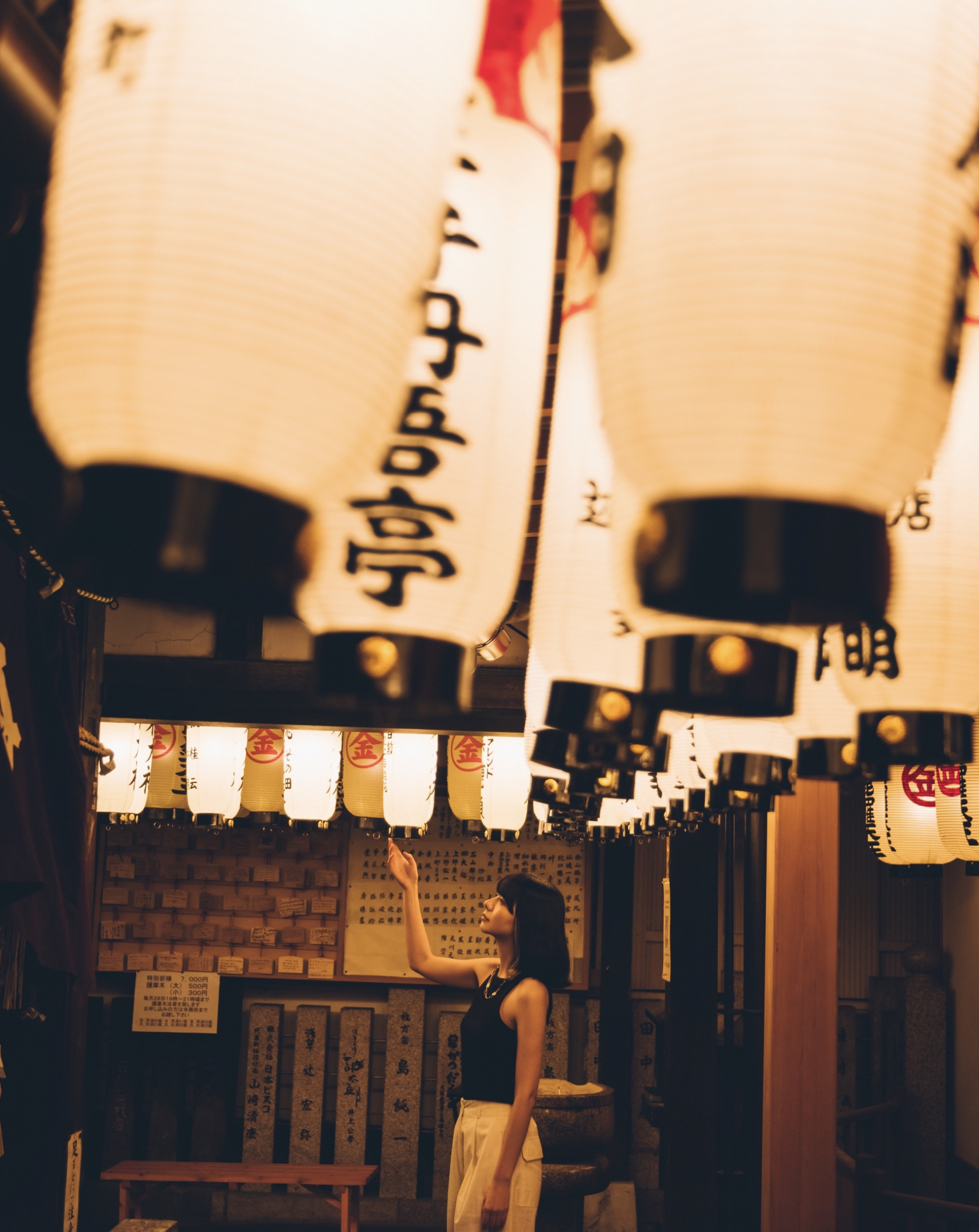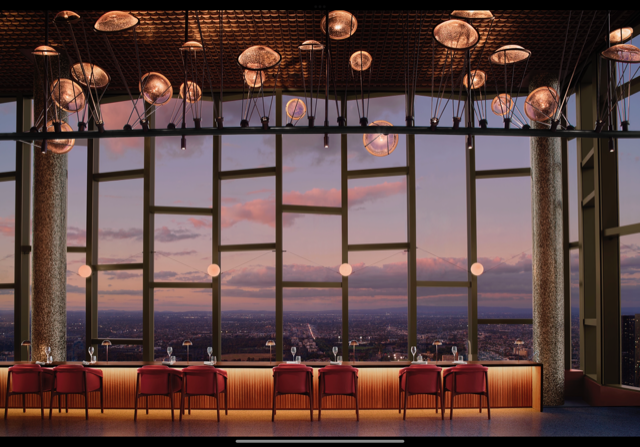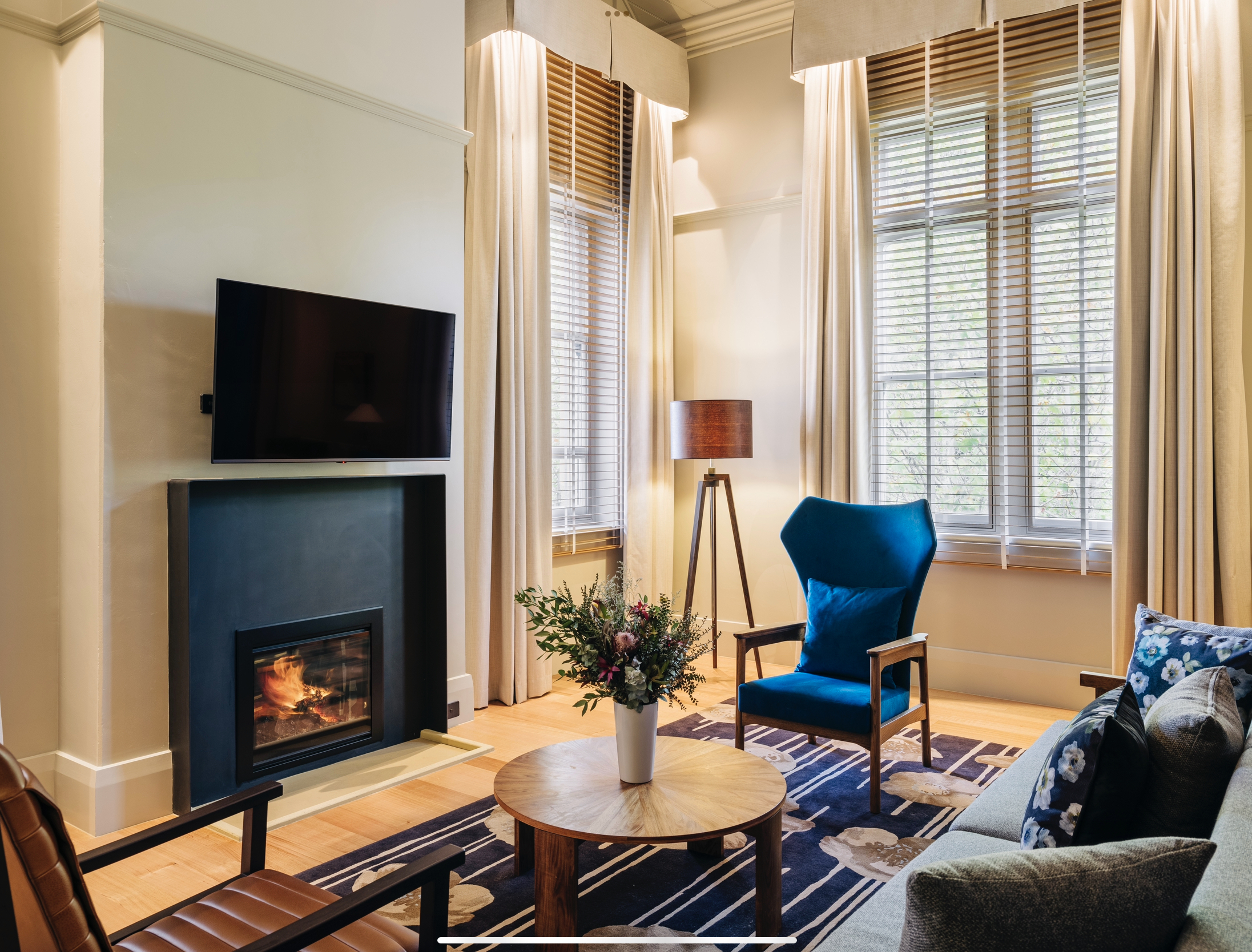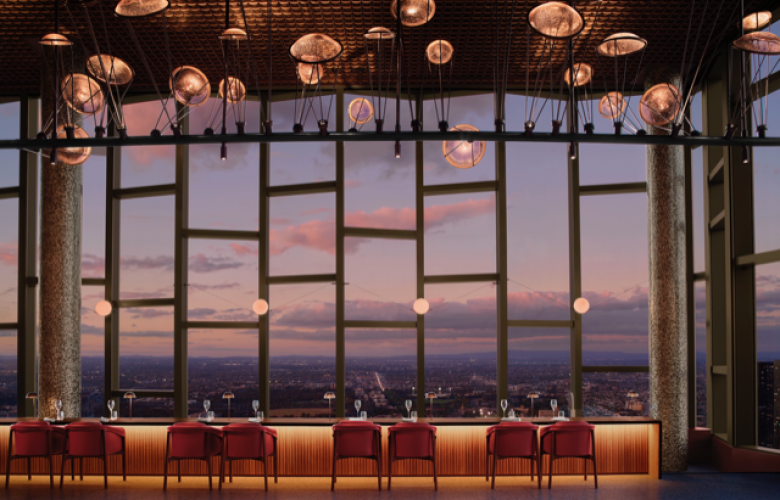Survey By Marriott International in Asia Pacific Reveals Young Luxury Travelers Are Ditching Long-Haul To Explore Their Own Backyards.
Contact
Survey By Marriott International in Asia Pacific Reveals Young Luxury Travelers Are Ditching Long-Haul To Explore Their Own Backyards.
A regional survey by Marriott International has coined a term ‘Luxury Backyard Travellers’ a group of affluent millennial and Gen Z travellers in Asia Pacific who are bucking the trend by travelling in reverse order to generations before them.
A regional survey by global luxury hospitality leader Marriott International has coined a term to describe a new generation of travelers set to disrupt the industry over the next few years. ‘Luxury Backyard Travellers’ recognizes a group of affluent millennial and Gen Z travellers in Asia Pacific who are bucking the trend by travelling in reverse order to generations before them. While their predecessors may be saving up for more costly long-haul travel later in life, Luxury Backyard Travellers are already well-traveled at a younger age, with one in four notching up no less than two continents outside of Asia Pacific by the time they hit 26. Despite having the means, Luxury Backyard Travellers claim they will be spending their travel dollars closer to home for at least the next two years, as 85% believe that they have yet to fully discover all the region has to offer.
The survey across Australia, China, Japan, India, Singapore, and South Korea was commissioned to better understand the attitudes of affluent millennial and Gen Z travelers and help luxury brands meet their evolving aspirations.
With their sights firmly set on holidays closer to home, Luxury Backyard Travellers rank Japan (52%), South Korea (42%), and New Zealand (39%) as their top three travel destinations. They are also seeking out the new in familiar hotspots such as Australia (39%) and Thailand (32%) through a culture-centric lens. Although one in four Luxury Backyard Travellers would prefer to beat the jetlag and pick nearby, fuss-free holidays, their sense of adventure shouldn’t be underestimated: 43% look for nature escapes and wellness experiences and 36% are looking for hidden cultural gems they have yet to discover.
“Globally, we’re seeing an undeniable shift among travelers towards more meaningful, one-of-a-kind experiences in both new and familiar destinations. This is particularly evident in Asia Pacific from our findings on Gen Z and Millennials’ travel patterns and behaviors,” comments Bart Buiring, Chief Sales & Marketing Officer, Marriott International Asia Pacific “With young affluent travelers in Asia Pacific gravitating towards under-the-radar holidays and culturally-rich itineraries, we’re expanding our luxury portfolio in the region’s most sought-after destinations like Nara, Sydney and Jiuzhaigou in China with a target of opening 12 properties in 2023 alone.”

Luxury defined by authentic connections and experience, with craft still key
Luxury Backyard Travellers are redefining what luxury travel means – from elusive and exclusive to meaningful connection and experiences. As they transition towards understated and authentic holidays, one in three respondents (37%) called out human connection, genuine hospitality, and being part of a community as critical components of luxury travel.
Majority (58%) believe once-in-a-lifetime experiences and pinch-me moments are what make the luxury travel experience. Top picks include VIP access to sold-out concerts of their favorite artists (52%) and exclusive culinary workshops with celebrity chefs (36%). Marriott Bonvoy Moments, a platform where Marriott Bonvoy Members can use points earned from travel and everyday activities to bid on exclusive packages, fulfills this desire by offering once-in-a-lifetime experiences, ranging from unrivaled access to the Mercedes-AMG PETRONAS F1 Team to closed-door sessions with celebrity chefs and artists.

Craftsmanship remains crucial to luxury travel, over 50% believe service excellence and state-of-the-art facilities are key tenets. Personalization remains a key deciding factor in choosing a luxury hotel, with 32% expecting bespoke services such as a dedicated travel advisor and 32% preferring to stay with hotels that offer tailored itineraries and customized amenities. The Ritz-Carlton elevated Club experience was launched recently to take guests into a world of personalized luxury experiences. From pre-arrival to departure, the elevated Ritz-Carlton Club experience is available across all Ritz-Carlton hotels in Asia Pacific, where guests will find unique indulgences, curated culinary journeys, and personalized encounters that create meaningful moments.

Explore destinations through luxury hotel comforts
Caught between their desires to discover and luxuriate, a staggering nine in 10 respondents prefer to explore the destination with assistance from their luxury hotel, rather than research and hire a local guide of their own. Almost half (45%) prefer to sample local cuisine through the property’s gourmet dining, 39% want to experience the local culture through the hotel’s curated programming, and 34% are keen to try local wellness rituals available at the hotel spa.
Luxury Backyard Travellers’ thirst for cultural discovery extends to their accommodation choices, with a majority (76%) of respondents opting for hotels and resorts with destination-inspired concepts. Brand affinity remains key for Luxury Backyard Travellers with approximately one in three opting for destination-inspired abodes under an established luxury brand. W Hotels’ evolved design direction takes a thoughtful approach through the lens of both the brand and its location, so no two W hotels look the same.
Marriott International’s luxury brands portfolio is poised to meet the demands of Luxury Backyard Traveller
Marriott International’s luxury brands portfolio is poised to meet these reimagined travel desires with hotel openings that inspire the modern traveler. The company plans to take its unrivaled portfolio of eight dynamic luxury brands to the region’s most popular travel spots such as Sydney and Bangkok and emerging destinations like Fukuoka, Japan and Jiuzhaigou, China.
A global leader in luxury hospitality, Marriott International today operates nearly 500 luxury hotels and resorts in 68 countries and territories, including 159 properties presently in Asia Pacific. The region contributes half of the company’s global development pipeline of nearly 200 luxury properties.











